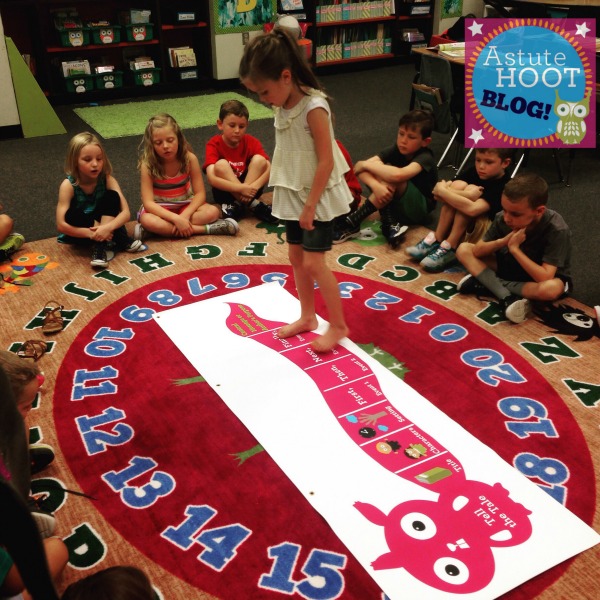The Morning Meeting should be the most meaningful 10 minutes of your day. Morning Meetings are at their best when they are the perfect blend of social, emotional, and academic activities. It is a time to reflect on yesterday’s success, set goals and focus for the day, and build classroom community all while practicing vital ELA skills. Despite the many benefits, the Morning Meeting is often the first item cut when teachers are crunched for time. Here are some tips to implement a meaningful Morning Meeting all year long:
- Gather students in a large circle in your central meeting area. This is a skill that must be taught and practiced many times before students are expected to do it independently. Here are my students at Morning Meeting making a Friendship Web.
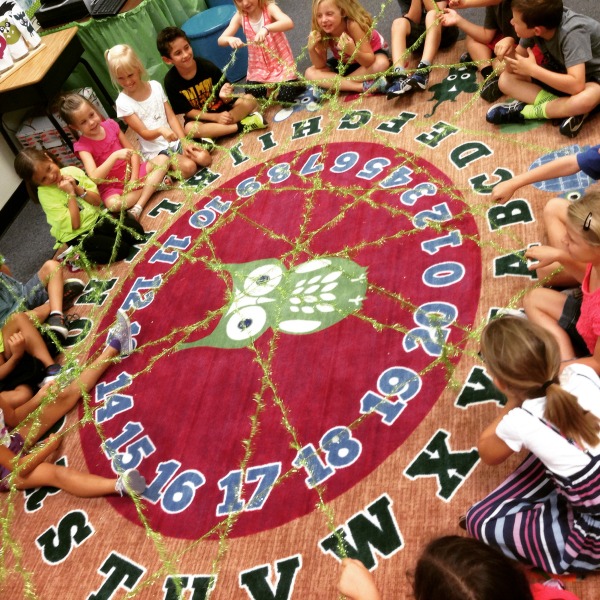
Check out our Back to School Toolbox: Routines, Transitions, and Procedures unit for strategies to teach students how to gather at a meeting place. - Select a student facilitator. Selecting a student facilitator in the Morning Meeting engages the students in the process and builds ownership. This duty improves each student’s public speaking skills and confidence by allowing him/her to take charge of the group. It also promotes a sense of pride and accomplishment. A rotation for the student facilitator ensures that all the students get the opportunity to lead the group.The teacher must model these procedures several times (at least 2 weeks) before selecting a student facilitator. The teacher then serves as a coach, scaffolding support using sentence stems and cues until students are adept facilitators.
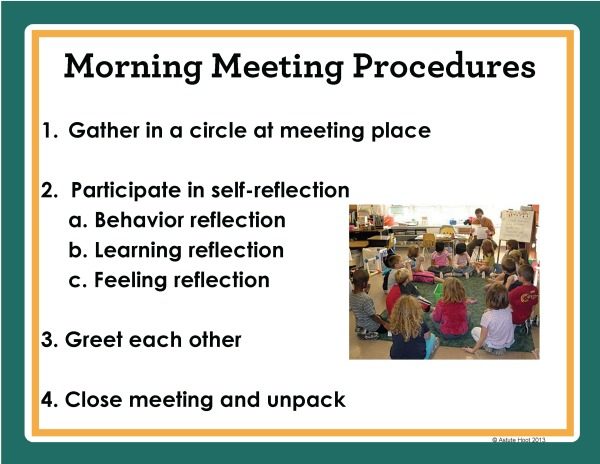
- Include behavioral and learning reflection. Use specific sentence stems to help students determine Glows (success) and Grows (areas of improvement).
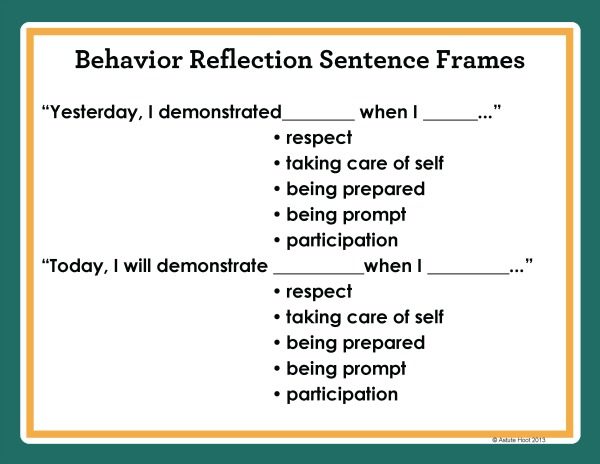
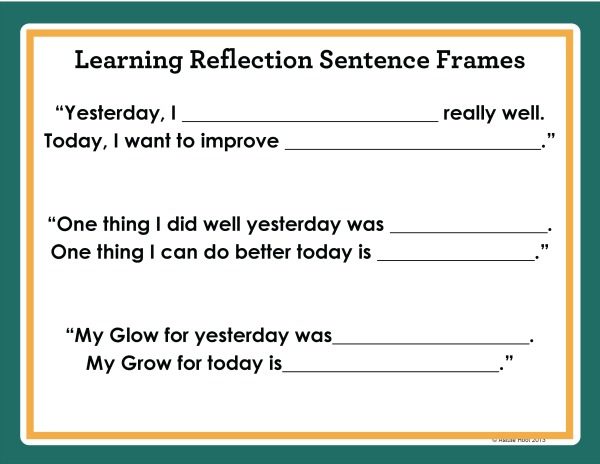
Use a learning scale to help students rate and assess their progress towards a specific behavior or learning goal. Students can use a scale such as this and point to the corresponding box that represents their rating or use a finger cue to show their rating.
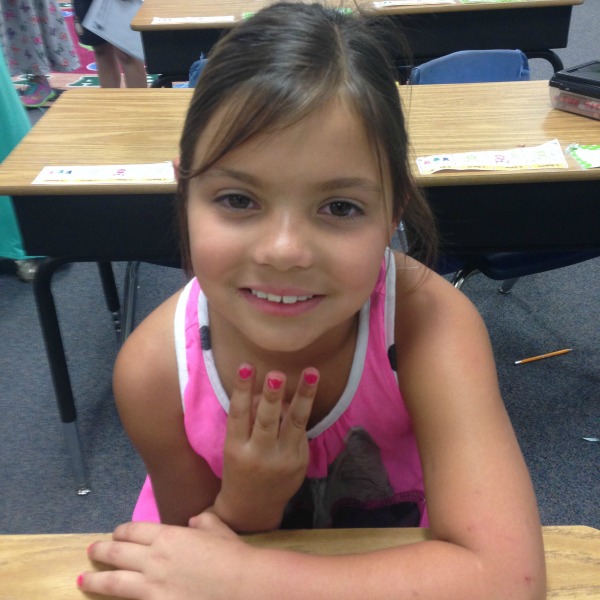
- Greet each other. Teach students a variety of greetings or songs to promote classroom community. We love using Dr. Jean’s songs and chants for this purpose; they are ideal for K-3 students.
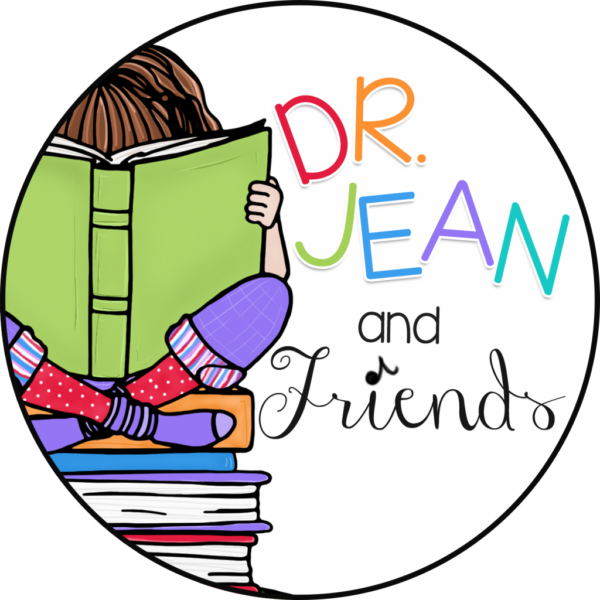
- Unpack and start your day. After students have set goals and a purpose for the day, they are ready to unpack and start their learning.Have a great Morning Meeting routine? We’d love to hear from you! Looking for additional strategies and tips to teach vital Back to School routines and procedures? Download our Back to School Toolbox: Routines, Procedures, and Transitions unit for tried-and-true suggestions from veteran teachers.


